Keeping your knives sharp makes them both safer and more effective. Unfortunately, it doesn’t take long for a knife to lose its edge. Plus, it can be difficult to get a knife back to the razor sharpness it had when it left the assembly line.
To make matters worse, it’s quite easy to do more harm to a blade than good if you don’t know how to sharpen it correctly.
The next time you go to sharpen any of your knives, stop and ask yourself if you’re making any of these edge-killing mistakes.
Relying on Jigs
From Jeff Peachey:
Not relying on jigs will give you much more freedom, and speed, in sharpening a variety of tools. Many bookbinding knives do not fit it standard jigs, which are often designed for woodworking tools. The hand motions and muscle memory necessary to sharpen freehand is often very similar to the skills necessary to use the knife properly. Throw away your crutches and walk!
Going Too Long In-Between Sharpenings
From Edge Experts:
Waiting until a knife is too dull makes it a lot harder to get the knife sharp without an aggressive sharpener like an electric. It is far better to use to a quick touch up on a manual sharpener each time you use your knife to keep it sharp. To re-sharpen a very dull edge requires you to remove a significant amount of material.
Applying Too Much Pressure
From Lanskey Sharpeners:
The number one issue I see with people trying to learn how to sharpen is using too much force. Just the weight of your hands is enough, with the proper skill, to get a blade sharp. If you’re putting too much muscle into sharpening and not receiving ideal results then I bet that’s your culprit.
What Else Should You Look Out For?
Do you know of any other common sharpening mistakes? Tell us about them in the comments.

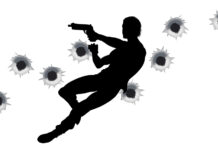





![Are Compensators Worth It? [Video]](https://preparedgunowners.com/wp-content/uploads/2025/07/Depositphotos_815431992_S-218x150.jpg)




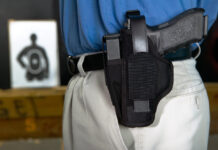
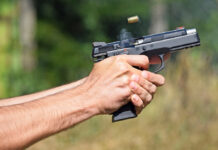
![Would-Be Robber Takes The Tueller Drill Challenge [Video]](https://preparedgunowners.com/wp-content/uploads/2025/10/Depositphotos_50626839_S-218x150.jpg)
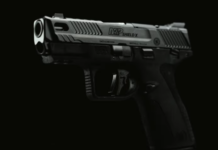
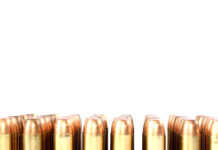
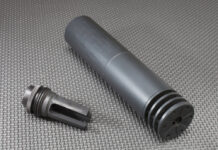
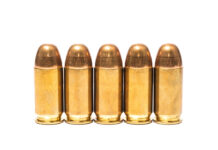

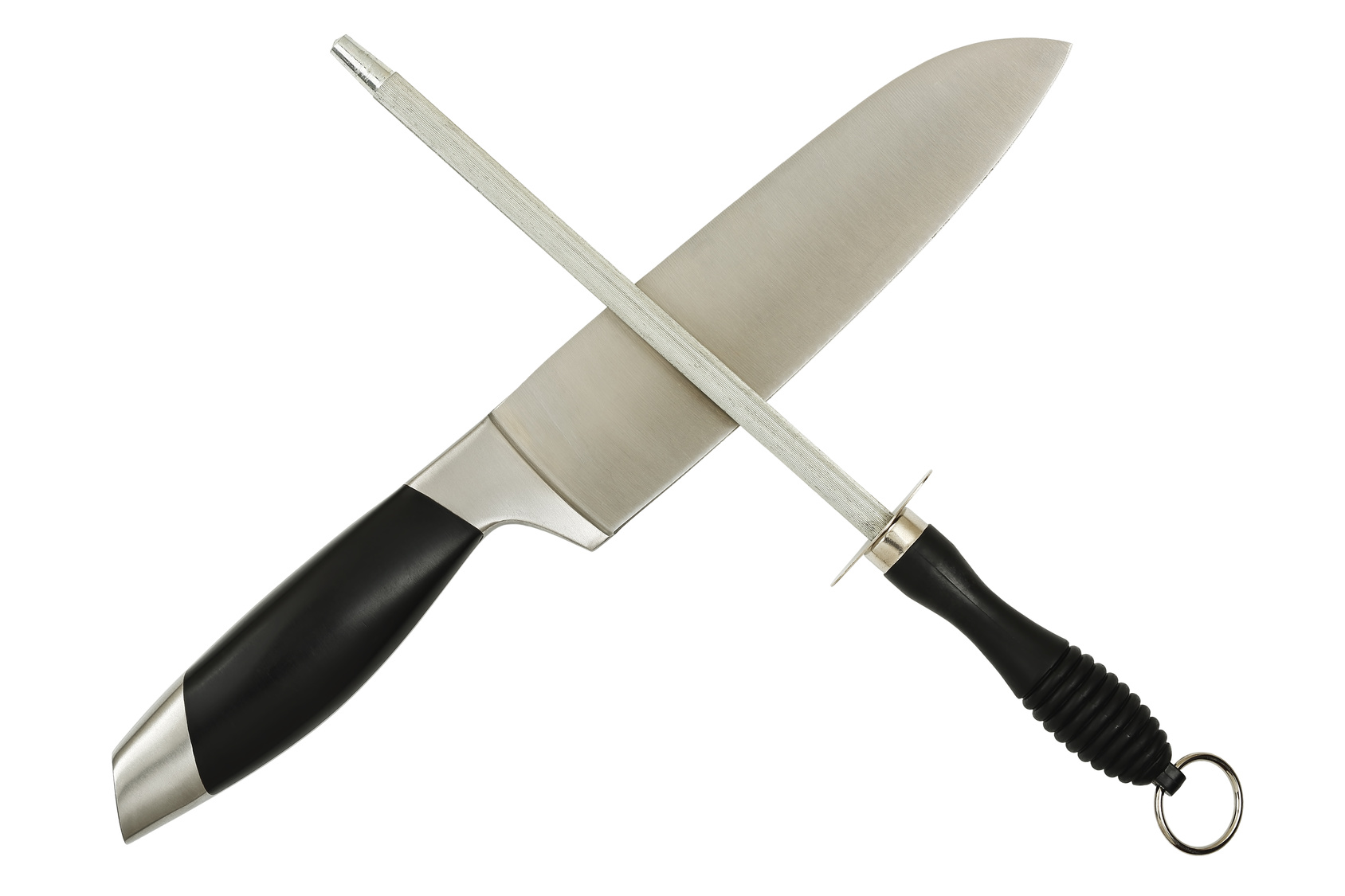




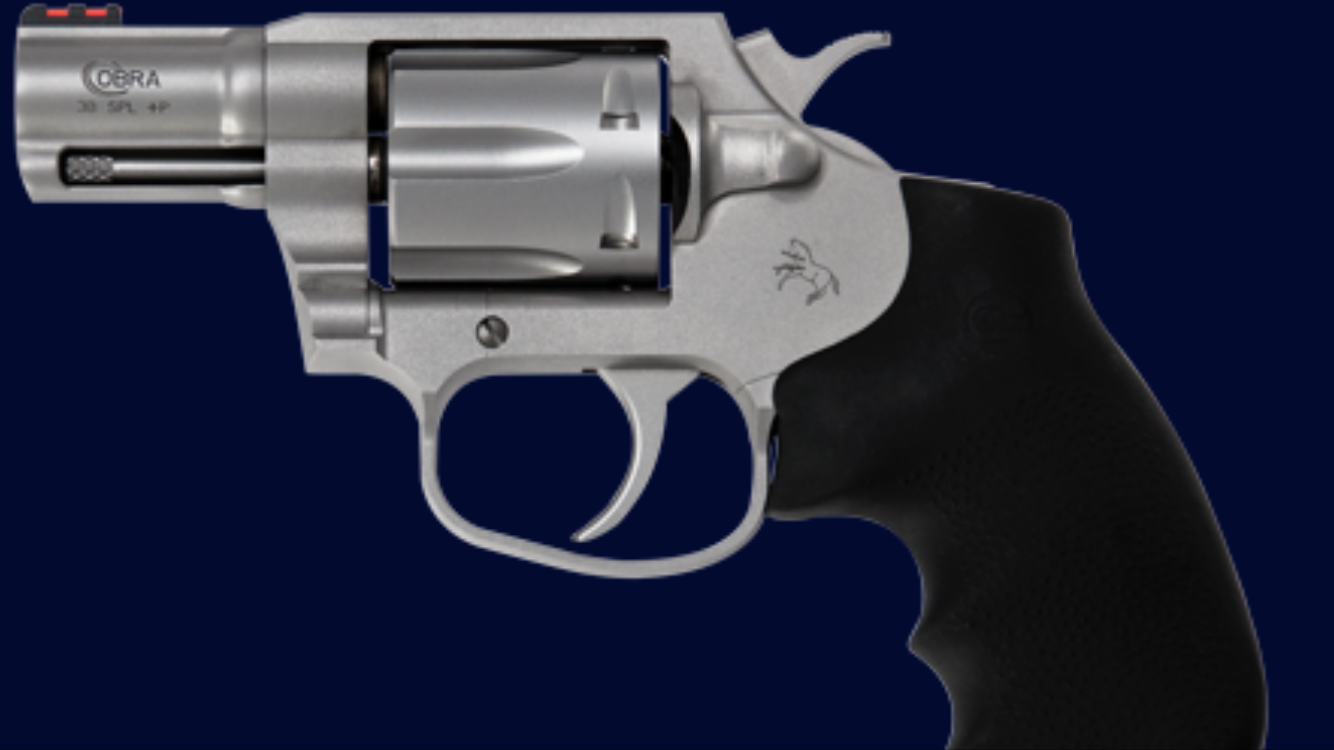





![Optic Ready vs Milled slides? [Video]](https://preparedgunowners.com/wp-content/uploads/2024/02/image-3-100x70.png)
![[Checklist] What Gear You Need To Take Pistol, Rifle & Shotgun Training Courses [Video]](https://preparedgunowners.com/wp-content/uploads/2023/07/Depositphotos_275087632_L-100x70.jpg)
![What is in Carter’s 2023 EDC? [Video]](https://preparedgunowners.com/wp-content/uploads/2023/07/Depositphotos_146856137_L-100x70.jpg)



Lubricate your whetstone, whether water or oil, to keep it from clogging and wearing. The tools you use to sharpen, you should take care of. I personally like the ‘diamond’ whetstones, but running them dry means they lose effectiveness.
Over the years I’ve noticed different stones work better with different steels. 20 years ago stainless knives were horrible. Much better today. Stones that worked well, had good grab for a better word, for older high carbon steel don’t work with stainless as well. You just have to try, and perhaps watch yard sales and antique stores for good stones. Carborundum stones are great for your hatchet, not much more. There is a small motor driven sharpener that holds various belts in a triangular shape called a Work Smart (no, I don’t hold stock), and comes with guides for other tools, like scissors. If you learn to use it, it is fantastic, especially for kitchen knives. I have better control using it free-hand, the point being as with a stone it is important to hold the angle. If the angle is too shallow, you can get the razor edge, good for shaving, but for general use the edge is fragile. As mentioned, it isn’t about pressure, in fact the belts won’t allow it. It is also easier to maintain one angle, whatever it may be, than with a stone. Did I mention this is the one critical aspect of sharpening a knife or tool? I use it for a badly dulled pocket knife, which I finish on a soft Arkansas, or a 6000 grit Japanese Water Stone if I’m really serious. No, I’ve kept all my stones. Beyond that, I believe it should be a 10 year jail sentence to even walk up to a bench grinder with a blade……..
I love my Lansky diamond hone sharpening set. It lets you set the angle for each type of knife.
I am still using my LoRay sharpener on a Buck knife that I bought in 1980. Wore out the stones and went to diamonds with a 1000 grit stone for the final honing. It has kept the Buck razor sharp all these years without losing much metal. Takes about 5 minutes from dull to razor sharp. I keep my skills up with other sharping methods on other knifes and hatchets.
That Metal stick you show on your open shot, they should throw that thing away, unless you like those little metal schards in your beef or chicken
I like fine diamond sharpeners, but my preference is a ceramic rod. It may seem smooth, but it works great unless a knife is too dull. I have also used the edge of my truck window for a quick touch up. I thought the guy was crazy who first told me about this, but it works.
If you are ever in the Hot Springs Arkansas area visit the various rock shops there. They have Arkansas quartz, other crystals, rocks and minerals from Arkansas as well as around the US and world. Those that have a “yard” with bulk displays of various items will generally have piles of Novaculite scrap from processing it into commercial products. By picking through these piles you can find some bargains on all grades of the stone from fast cutting soft Arkansas to some so hard it won’t do much more than polish your final edge.
Another thought. In a pinch you can use the bottom of your earthenware coffee cup to sharpen your knife. After all that cup (ironstone or china) is just a form of ceramic. I have done it many times when I didn’t have a proper whetstone handy. Of course it won’t restore a heavily used blade in need of a major edge renewal but as a touchup to keep your edge it works very well.
I like to use a steel then a strop to complete the process. You can shave with the final product. Additionally, I prefer carbon steel to stainless. Sure, you must take more care but it is worth it.
Comments are closed.